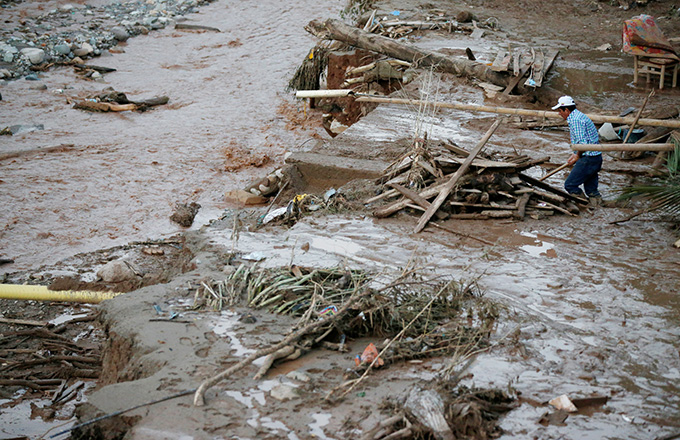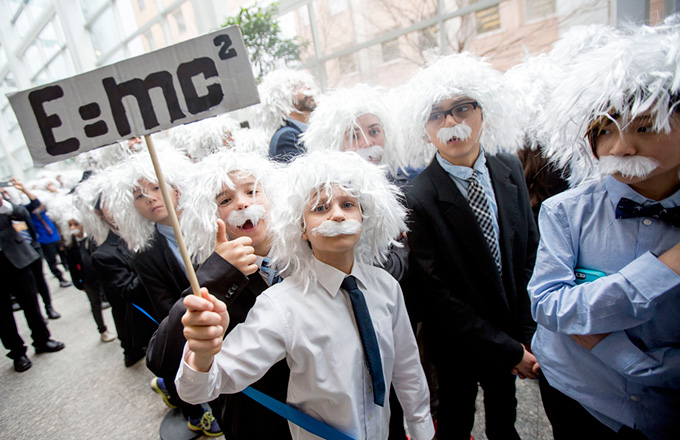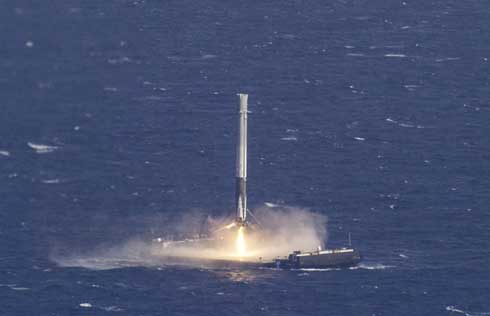Renewed interest in mission to Mars
 |
|
A portion of Mount Sharp, on Mars is pictured in this panorama made from a mosaic of images taken by the Mast Camera (Mastcam) on NASA's Mars rover Curiosity Sept 20, 2012 and released as a NASA handout image March 15, 2013. The photo has a white-balanced color adjustment that makes the sky look overly blue but shows the terrain as if under Earth-like lighting. [Photo/Agencies] |
NASA and private sector experts now agree that a man or woman could be sent on a mission to Mars in the next 20 years, despite huge challenges.
The biggest names in space exploration, among them top officials from the US space agency and Buzz Aldrin, the second man to walk on the moon, will discuss the latest projects at a three-day conference starting on Monday in Washington, D.C.
Renewed interest in the red planet has triggered the launch of several initiatives in recent months, including one proposing a simple one-way trip to cut costs.
The US public also favors sending astronauts to Mars, according to a survey by non-profit group Explore Mars and aerospace giant Boeing.
The poll of more than 1,000 people published in March found that 71 percent of Americans expect that humans will land on Mars by 2033.
Seventy-five percent say NASA's budget should be doubled to 1 percent of the federal budget to fund a mission to Mars and other initiatives.
NASA receives only 0.5 percent of the US federal budget, compared with 4 percent during the Apollo project to land on the moon in the 1960s.
The US space agency's chief Charles Bolden has stressed that "a human mission to Mars is a priority".
But the US financial crisis is a major obstacle to such a project.
"If we started today, it's possible to land on Mars in 20 years," said G. Scott Hubbard of Stanford University.
"It doesn't require miracles, it requires money and a plan to address the technological engineering challenges," added Hubbard, who served as NASA's first Mars program director and successfully restructured the Mars program after failures.
Placing a mass of 30 to 40 metric tons - the amount estimated to be necessary to make a habitat on the red planet - would be one of the greatest challenges, along with the well-known problem of carrying or producing enough fuel to get back, Hubbard stressed.
The Curiosity rover took a nail-biting seven minutes in August to make its descent on Mars. But it only weighed 1 ton.

The $2.5 billion Curiosity mission, which is set to last at least two years, aims to study the Martian environment and to hunt for evidence of water in preparation for a possible future manned mission.
Robotic missions will therefore be necessary to prove the system works before scientists can even contemplate sending humans.
NASA is developing a Space Launch System and the Orion capsule for distant space exploration.
Hubbard said a nuclear engine should be developed for any vehicle headed to Mars because it would provide continuous thrust and thus reduce travel time by about three months, as well as reduce the risk of radiation.
The distance between Earth and Mars varies between 56 million and 400 million kilometers, depending on the planets' positions.
In addition to the technological challenges, the negative impact of long space journeys on the human body are not yet well known, especially with respect to cosmic radiation.
"Space radiation exposure is certainly a human risk we need to address and understand," said Stephen Davison, manager of NASA's Space Biology and Physical Sciences Program at Johnson Space Center, where astronauts are trained.
Davison said it was important to understand "both the cancer risk to our crew members in more detail and also the effects on the central nervous system".
He added that more than half of crew members at the International Space Center have experience some degree of change in their vision, and also have experienced intra-cranial pressure.
Other physiological changes, such as reduced bone density and muscle loss, can be mitigated by exercise.
The third major challenge is a psychological one, for isolated astronauts who spend long periods of time confined in cramped spaces.
Davison said scientists need a minimum of 10 years to complete research about the trip's impact on the human body before going to Mars.
Agence France-Presse


























